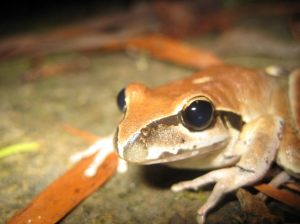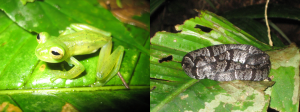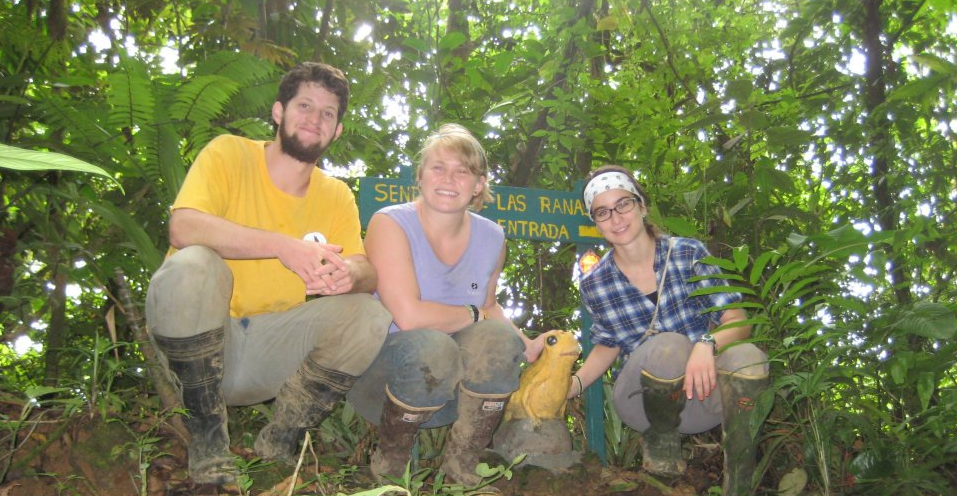
I feel very fortunate to be in the last cohort of fantastic and successful IGERT Traineeships! Research with broad positive impacts is required to fully invest in maintaining worldwide biodiversity. As a herpetologist, a traveler, and a scientist, I plan to pursue a career in academia at the interface of ecology and applied conservation management. The ABS NSF-IGERT doctoral program pushes students to explore exactly this sort of research, and experiences in my life formed the basis of my belief that multi-disciplinary research maintains worldwide biodiversity!
I will be focusing on variation of whiptail lizards in the genus, Ameiva, found primarily in the Caribbean. I am interested in interactions between life history, the present-day distribution of predators, and predicted future effects of climate change basically constraining population recovery of declining lizards. Using individual movement and preferences, forecasting based on biologically relevant science can be a reliable tool to inform management scenarios of Ameiva lizards in the Caribbean! I am looking forward to collaborating with other ABS students, managers and non-governmental organizations in areas like Puerto Rico and the USVI during my doctoral work!
Before I landed here at Texas A&M, I completed an M.Sc. in the Sustainable Development and Conservation Biology (CONS) at the University of Maryland College Park. Requisite of the CONS program, I participated in a multi-disciplinary project which contracted two MBA students and myself to construct a finance program using macros embedded in Excel (easily accessed by most people!) as a companion tool for farmers using Maryland Department of Agriculture’s software, NutrientNet. I attribute our success in this project to the expertise brought by contributors in many fields—for us, the managers at MDA, biologists (me!), and, importantly, business experts to understand investment in and marketing of the program to farmers.
|
|
 |
I was a member of the Lips Lab at UMD and spent summer 2012 with Karen’s student Grace Direnzo and an REU, Alex Cunha, at Parque Nacional G. D. Omar Torríjos Herrera 8 km north of the town of El Copé, Panama. We surveyed streams and trails for herpetofauna like the two fellows shown to the left, Espadarana prosoblepon (frog, left) and Sibon nebulata (snake, right). Incidentally, I am working on a manuscript where we have observed that male E. prosoblepon consistently cluster but change the habitat they use before and after the outbreak of a fungal pathogen Batrachotrytium dendrobatidis over 13 years.
As an undergraduate, I initially worked in a laboratory setting (see Page 39)! spending every free weekend camping; therefore getting my feet wet in fieldwork through a generous grant program was a welcome game-changer. I realized that this position and others that I held working in management incorporated research; for example, working with at-risk youth to design tree census monitoring protocol. I realized that outreach and science are equally important to me, but respectively my hobby and my career.
Visit my website for more information

(Middle) Geochelone spp. Giant tortoise at the Charles Darwin Research Station in the Galapagos Islands. Giant tortoises suffered from hunting and mammal predation and numbered fewer than 3,000 individuals in the 1970s. Captive breeding and protection has increased their numbers beyond 19,000.
(Right) Later, I worked at a watershed association through Americorps where I organized citizen groups for restoration projects in Baltimore City. I also taught a weekly Urban Gardening and Nutrition elective at a middle school in Baltimore, MD. My students and I bagged over 3700 lbs of invasive plant material to create an urban garden.


